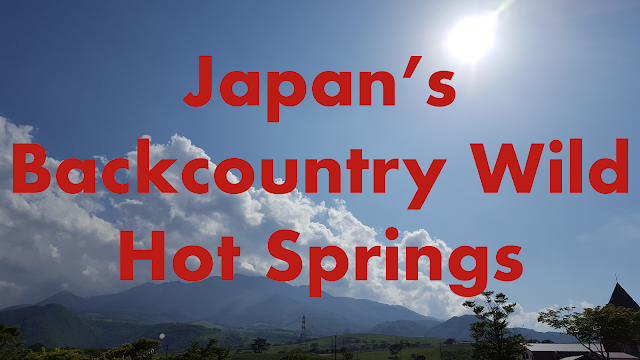Spirit Horses

I recently completed a diptych titled Spirit Horses. The piece is a reflection on some of our current times with motifs commonly found in my work. The 'spirit horses' are a cucumber and an eggplant that ferry dead souls from the afterlife back and forth on holidays to visit relatives. They are placed in front of the butsudan which is a small shrine located inside the home. The cucumber spirit horse is fast and can bring them quickly. The eggplant is like a big slow cow and brings them back slowly so the spirits can have a long goodbye. I sort of see the big fat cow eggplant as clumsy. As such, I took the now famous 'Abe mask' fiasco and paired it with the cow. While the more sleek, Arimatsu shibori mask is paired with the fast cucumber. The 'Abe mask' fiasco has to do with the two masks that were issued to everyone in Japan at the start of the Wuhan coronavirus epidemic. Abe decreed that every house should have a mask. Unfortunately the rollout was months l...





